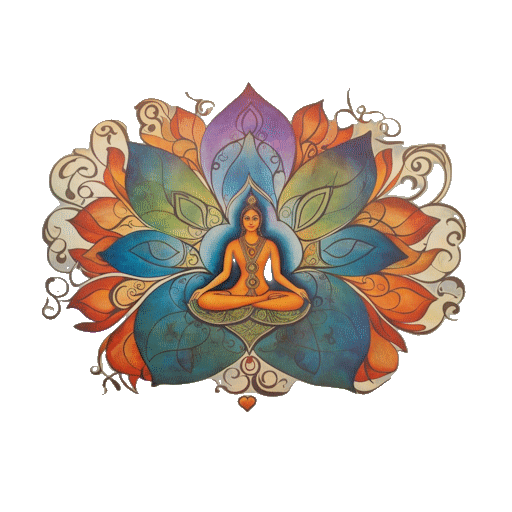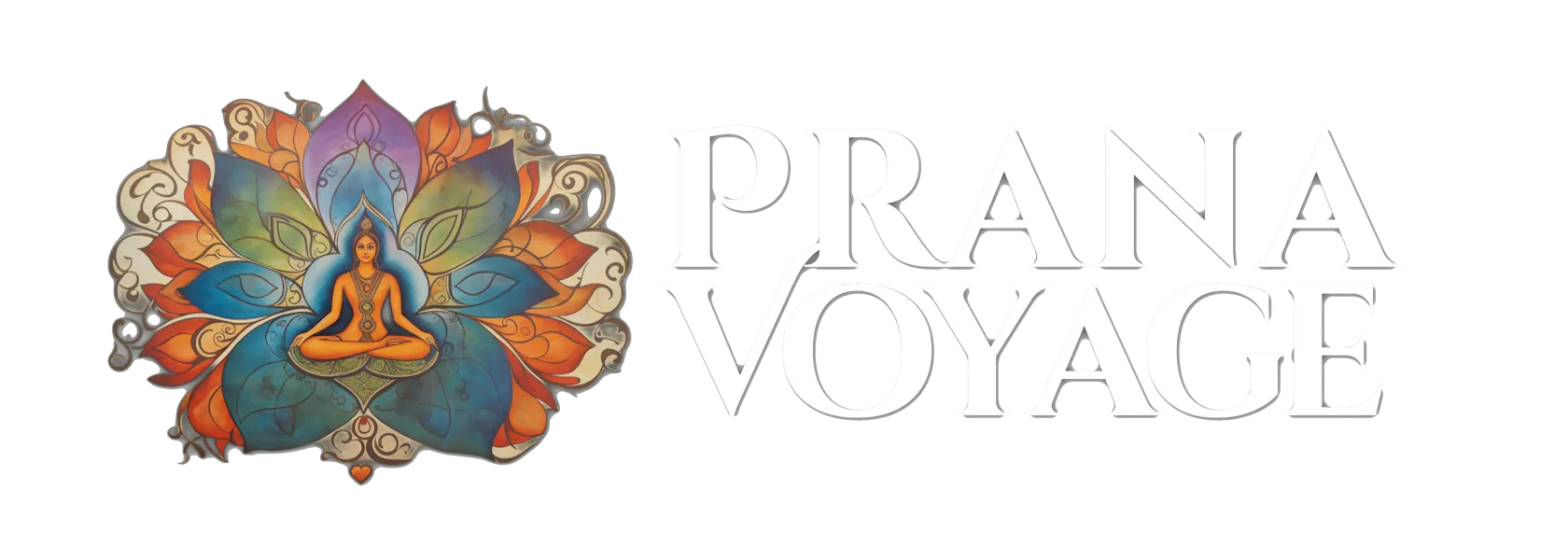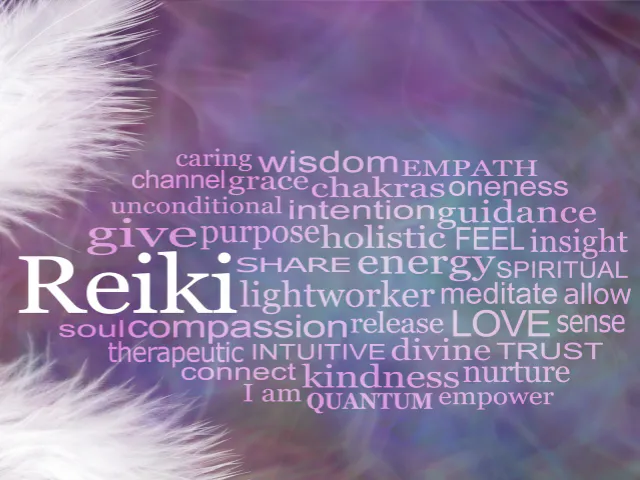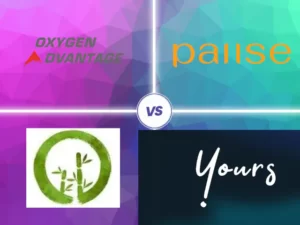Reiki healing, words that resonate with energy and balance. Originating from Japan, Reiki treatment is more than just a form of therapy; it’s a holistic approach to wellness that taps into the universal life force energy. For many, the term might sound mystical, but for those who have experienced its gentle touch, it’s a journey of relaxation, healing, and transformation.
Key Takeaways
- Reiki Defined: At its core, Reiki is an energy-based healing technique that promotes balance, relaxation, and well-being. Rooted in ancient practices, it’s a bridge between the spiritual and the physical, aiming to enhance the body’s natural healing processes.
- Finding the Right Practitioner: The effectiveness of a Reiki session often hinges on the expertise of the practitioner. It’s essential to choose someone trained and attuned to the nuances of this healing art.
- Benefits Galore: From reducing stress and anxiety to alleviating physical pain, the benefits of Reiki are manifold. It’s not just about healing the body, but also about nurturing the mind and spirit.
- Safety and Side Effects: Like all therapeutic practices, it’s crucial to understand what to expect from Reiki. While it’s generally safe and gentle, being informed about potential sensations or reactions can enhance the experience.
What is Reiki?

Reiki, derived from the Japanese words “rei” (universal) and “ki” (life energy), is a profound healing practice that channels universal life force energy to promote balance and harmony within the individual. But to truly understand Reiki, we must journey back to its roots.
- Historical Origins: The practice of Reiki can be traced back to the early 20th century, founded by Mikao Usui in Japan. Usui’s quest for knowledge and spiritual enlightenment led him to develop the Usui Reiki Ryoho, a system that has since been passed down through generations of Reiki masters.
- Principles and Beliefs: Central to Reiki is the belief in the existence of a life force energy that flows through all living beings. When this energy is in balance, individuals experience health and well-being. However, disruptions or blockages can lead to physical and emotional ailments. Reiki therapy aims to restore this balance, allowing the body’s natural healing mechanisms to function optimally.
- More Than Just a Healing Technique: While Reiki healing is often categorized as an energy healing method, it’s also a spiritual practice. It’s not tied to any religion but is rooted in the universal principles of love, compassion, and self-improvement.
Reiki Illustrated: The Visual Reference Guide of Hand Positions, Symbols, and Treatment Sequences
Healing Crystals Set, 23pcs Natural Healing Stones for Meditation Reiki
How Does Reiki Work?

Reiki is often described as a flow of energy, but what does that truly mean? How does a Reiki practitioner channel this energy, and what can one expect during a session? Let’s demystify the process.
The Energy Flow and Chakras
Every individual possesses energy centers known as chakras. These chakras regulate the flow of life force energy throughout the body. When in balance, they contribute to our overall well-being. However, blockages or imbalances can lead to physical or emotional distress. Reiki aims to cleanse and balance these chakras, ensuring a harmonious flow of energy.
Role of a Reiki Practitioner and Reiki Master
- Reiki Practitioner: Typically, a practitioner has undergone training and attunement, allowing them to channel Reiki energy effectively. They are skilled in sensing energy imbalances and facilitating reiki healing.
- Reiki Master: Has reached a higher level of training and experience. They not only perform Reiki but are also qualified to teach and attune others to this healing art.
Sensations During a Session
During a Reiki healing session, recipients might feel a range of sensations, from warmth and tingling to a deep sense of relaxation. These are indicative of the energy flow and the body’s response to the healing process.
In essence, Reiki works by tapping into the universal life force energy, channeling it through the practitioner and into the recipient. This energy flow aids in clearing blockages, balancing the chakras, and promoting the body’s natural healing mechanisms.
Benefits of Reiki Healing
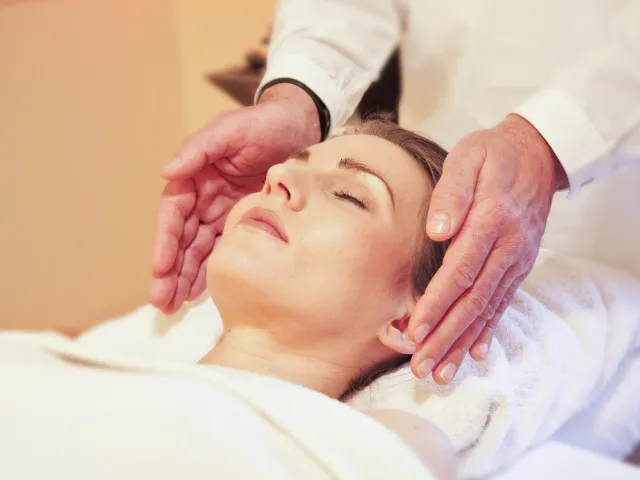
Physical Benefits
- Pain Reduction: Many individuals turn to Reiki to alleviate chronic pain, finding relief through the gentle energy flow.
- Stress and Anxiety Reduction: Reiki promotes deep relaxation, helping to reduce stress and anxiety levels, and fostering a sense of calm.
- Supporting Conventional Treatments: Reiki works in conjunction with other medical or therapeutic techniques, enhancing their effects and speeding up recovery.
Emotional and Mental Benefits
- Emotional Balance: By balancing the chakras and energy flow, Reiki healing can help individuals process and release trapped emotions, leading to emotional equilibrium.
- Clarity and Focus: Post-session, many report a clearer mind, better focus, and an enhanced ability to handle life’s challenges.
Spiritual Growth
- Deepened Connection: For some, Reiki is a spiritual journey, deepening their connection to the universe and their inner selves.
- Personal Growth: The principles of Reiki, rooted in love, compassion, and self-improvement, can guide individuals on a path of personal growth and self-awareness.
Real-Life Testimonials
Hearing firsthand from those who’ve experienced the healing power of Reiki can be enlightening. From reduced pain to profound spiritual awakenings, these stories showcase the diverse and transformative benefits of Reiki.
Side Effects of Reiki Healing
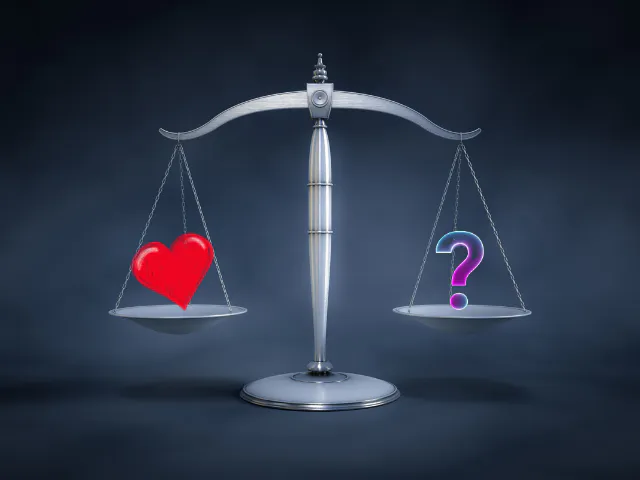
While Reiki is generally considered a safe and gentle healing journey, it’s essential to be informed about what to expect during and after a session. Let’s explore the potential side effects and how to navigate them.
Understanding the Reiki ‘Detox’
After a treatment, some individuals might experience what’s often referred to as a ‘Reiki detox.’ This is a natural process where the body releases accumulated toxins and negative energies.
- Physical Sensations: Some might feel mild headaches, fatigue, or even flu-like symptoms. These are temporary and are a sign that the body is healing and purifying itself.
- Emotional Release: Emotions that have been suppressed or unaddressed might come to the surface. This can manifest as mood swings, feelings of sadness, or even bursts of energy and happiness.
The Placebo Effect
It’s worth noting that some skeptics attribute the benefits of Reiki to the placebo effect. While the power of belief and expectation can indeed play a role in any therapeutic process, countless testimonials and personal experiences attest to the genuine effects of Reiki beyond mere placebo.
Addressing Concerns
If you’re considering Reiki, it’s essential to:
- Communicate with Your Practitioner: Before starting a session, discuss any concerns or questions you might have. A professional practitioner will guide you through the process and set the right expectations.
- Listen to Your Body: After a session, pay attention to how your body and mind respond. Drink plenty of water, rest if needed, and give yourself the space to process any emotions or feelings that arise.
How to Practice Reiki

Whether you’re drawn to Reiki for personal healing or feel a calling to assist others, understanding how to practice and deepen your connection to this ancient art is essential.
The Journey to Becoming a Reiki Professional
- Starting with Intent: The first step in practicing Reiki is setting a clear intention. Why are you drawn to Reiki? Whether it’s for self-healing, spiritual growth, or to help others, your intent will guide your journey.
- Reiki Training and Attunement: Before you can perform Reiki on others, you’ll need to undergo training. This typically involves learning about the history, principles, and techniques of Reiki healing, followed by an ‘attunement’ process where a Reiki master opens up your energy channels.
Levels of Reiki Training
- Level 1: Often referred to as the beginner’s level, here you’ll learn the basics of Reiki, including hand positions, techniques, and self-healing practices.
- Level 2: This level delves deeper, introducing symbols that enhance the healing process and allowing the practitioner to send Reiki energy distantly.
- Reiki Master Level: This is the advanced stage where practitioners are trained to teach and attune others to Reiki. It’s a profound commitment, signifying a deep connection to the practice.
Continuous Learning and Practice
- Joining Reiki Healing Circles: Regularly participating in Reiki circles or groups can help practitioners share experiences, practice their skills, and receive healing.
- Staying Updated: Like any other field, the practice of Reiki evolves. Attending workshops, reading books, and connecting with other practitioners can help you stay updated and enhance your skills.
Ethics and Responsibility
Practicing Reiki comes with a responsibility. It’s essential to approach each session with respect, compassion, and without judgment. Remember, you’re not ‘healing’ someone; you’re merely channeling the universal energy that supports their healing process.
In essence, practicing Reiki is a lifelong journey. It’s not just about mastering techniques but also about personal growth, spiritual development, and being in service to others. As you deepen your connection with Reiki, you’ll discover it’s not just a healing method but a way of life.
Reiki Classes and Training

Embarking on the path of Reiki requires guidance, mentorship, and structured learning. Reiki classes and training programs offer a systematic approach to understanding and mastering this ancient healing art. But with numerous courses available, how do you choose the right one? Let’s explore.
What to Expect from Reiki Classes
- Structured Curriculum: A well-organized Reiki course will have a clear curriculum, starting from the basics and progressing to advanced techniques. This includes understanding the history, principles, hand positions, and symbols associated with Reiki.
- Hands-on Practice: Reiki is experiential. Look for classes that offer ample hands-on practice, allowing you to both give and receive Reiki.
- Attunement Process: A crucial part of training, the attunement process is where a Reiki healing master opens up your energy channels, allowing you to channel the universal life force energy. This sacred ritual is a transformative experience and should be a part of any legitimate Reiki course.
Choosing the Right Course or Training Program
- Accreditation and Affiliation: Ensure the course or training program is accredited or affiliated with recognized Reiki organizations, such as the International Center for Reiki Training.
- Experienced Instructors: The depth and quality of your learning largely depend on the expertise of the instructor. Look for experienced Reiki practitioners with a proven track record.
- Feedback and Reviews: Before enrolling, seek feedback from past students. Their experiences can offer valuable insights into the quality of training.
- Personal Alignment: Reiki is a spiritual journey. Ensure the course resonates with your personal beliefs and spiritual inclinations.
Continuous Learning and Growth
Even after formal training, the journey of Reiki is one of continuous learning. Consider attending:
- Advanced Workshops: These can help you delve deeper into specific aspects of Reiki or learn about new developments in the field.
- Reiki Retreats: Immersive experiences that combine healing, meditation, and spiritual growth.
- Online Resources: In the digital age, numerous online platforms offer resources, webinars, and courses to enhance your Reiki knowledge.
Embarking on Reiki schooling is a commitment to personal and spiritual growth. As you explore courses and training programs, remember to trust your intuition and choose a path that aligns with your inner calling. The world of Reiki healing is vast and profound, and the right training can be your gateway to its many wonders.
Finding and Choosing a Reiki Practitioner
The experience of Reiki is deeply personal and transformative. However, the quality of that experience often hinges on the expertise and approach of the practitioner. Whether you’re seeking Reiki for relaxation, healing, or spiritual growth, finding the right practitioner is paramount. Here’s a guide to help you make an informed choice.
The Importance of Being Well-Trained
- Certification and Training: Ensure the practitioner has undergone formal training and holds a certification. This not only speaks to their expertise but also their commitment to the practice.
- Experience: While new practitioners can be equally effective, experience often brings depth, understanding, and a refined approach to sessions.
Setting the Right Expectations
- Initial Consultation: Before the session, a professional practitioner will typically offer a consultation. This is an opportunity to discuss your needs, ask questions, and set the right expectations.
- Understanding the Process: Ensure the practitioner explains the process, potential effects, and what to expect post-session.
Personal Alignment and Comfort
- Trust Your Intuition: Your intuition is a powerful guide. When meeting a practitioner, trust your feelings. If something feels off, it’s okay to seek another practitioner.
- Safe and Comfortable Environment: The space where the treatment takes place should be clean, serene, and conducive to relaxation and healing.
Feedback and Recommendations
- Seek Recommendations: Word of mouth can be invaluable. Ask friends, family, or colleagues if they have any recommended Reiki therapists.
- Read Reviews: If searching online, take the time to read reviews and testimonials. Past experiences can offer insights into the practitioner’s approach and effectiveness.
Ethics and Professionalism
- Confidentiality: A professional will ensure that any personal information or experiences shared during the session remain confidential.
- Respectful Approach: The practitioner should always respect your boundaries, ensuring you feel comfortable and safe throughout the session.
Remember that the right practitioner can amplify the benefits, offering a transformative and enriching experience. Take your time, do your research, and trust your intuition.
Becoming a Reiki Practitioner
If you feel a calling to delve deeper into the world of Reiki and share its transformative power with others, here’s a guide to help you embark on this fulfilling journey.
The Path to Certification
- Starting with Intent: Before diving into formal training, reflect on your motivations. Why do you want to become a Reiki healing practitioner? Whether it’s personal healing, spiritual growth, or a desire to assist others, your intent will guide your journey.
- Choosing the Right Training Program: As discussed in the previous section on Reiki classes and training, ensure you choose a program that aligns with your beliefs, offers a structured curriculum, and is led by experienced Reiki masters.
- Undergoing Attunement: A pivotal part of Reiki learning, the attunement process allows you to channel Reiki energy. This sacred ritual, performed by a Reiki practitioner, opens up your energy channels and connects you to the universal life force energy.
Practicing and Gaining Experience
- Self-Healing: Before you can heal others, it’s essential to practice Reiki on yourself. This not only enhances your skills but also deepens your personal connection to the energy.
- Offering Sessions to Friends and Family: As you start, consider offering complimentary sessions to friends and family. This provides valuable hands-on experience and feedback.
- Joining Reiki Circles: Regular participation in Reiki circles allows you to practice, share experiences, and learn from other practitioners.
Ethics and Responsibility
- Approach with Humility: Remember, you’re a channel for the universal energy. Approach each session with humility, understanding that the healing power comes from the energy, not the practitioner.
- Continuous Learning: The world of Reiki is vast and ever-evolving. Stay updated with the latest techniques, attend workshops, and always be open to learning.
- Professionalism: Whether you choose to offer sessions professionally or as a service to the community, always maintain the highest standards of professionalism, ethics, and respect.
This is a profound commitment. It’s a path that requires dedication, continuous learning, and a genuine desire to assist others. Remember that every Reiki session, every touch, and every moment of channeling the energy is an opportunity to make a positive difference in someone’s life. Embrace the journey with an open heart and let the universal energy guide you.
Conclusion
Reiki healing, an ancient healing technique rooted in love, compassion, and universal energy, offers a transformative journey for both the practitioner and the recipient. In a world often dominated by external stimuli and stressors, Reiki provides a sanctuary—a space where one can reconnect with their inner self, tap into the body’s natural repair mechanisms, and find balance.
From its historical origins in Japan to its widespread recognition as a complementary therapy in modern healthcare, the journey of Reiki is a testament to its profound healing capabilities. Whether you’re seeking physical relief, emotional balance, or spiritual growth, Reiki has the potential to illuminate your path.
For those drawn to its allure, whether to receive its benefits or to become a practitioner, the world of Reiki offers endless possibilities. It’s a realm where energy, intent, and universal love converge, creating ripples of positive change.
FAQ
How is Reiki used in modern healthcare?
Reiki is increasingly being recognized in modern healthcare as a complementary therapy. Many hospitals and clinics offer Reiki sessions alongside conventional treatments to enhance patient well-being, reduce stress, and support the healing process.
What are the long-term effects of Reiki therapy?
The long-term effects of Reiki can vary from individual to individual. Many report sustained feelings of relaxation, improved emotional balance, and enhanced spiritual connection. Regular Reiki sessions can also support the body’s own healing mechanisms and promote overall well-being.
Can anyone learn and practice Reiki?
Absolutely! Reiki is universal and is not bound by age, background, or belief system. With the right training and attunement, anyone can learn to channel Reiki energy and benefit from its healing properties.
How often should one attend Reiki sessions?
The frequency of Reiki sessions depends on individual needs. Some might benefit from weekly sessions, while others might find monthly sessions sufficient. It’s essential to listen to your body and consult with your Reiki practitioner to determine the best frequency.
Is Reiki associated with any particular religion?
No, Reiki is not tied to any religion. While it’s a spiritual practice, it’s based on universal principles of love, compassion, and healing, making it accessible to individuals of all belief systems.
How does distant Reiki work?
Distant Reiki, often taught at the second level of Reiki training, allows practitioners to send healing energy across distances. This is done using specific symbols and techniques, and many recipients report similar benefits as in-person sessions.
Can Reiki be harmful?
Reiki is a gentle and non-invasive healing technique. While some might experience temporary detox symptoms, as mentioned in the “Side Effects of Reiki” section, it’s generally considered safe. However, it’s essential to choose a trained and experienced practitioner to ensure a positive experience.
